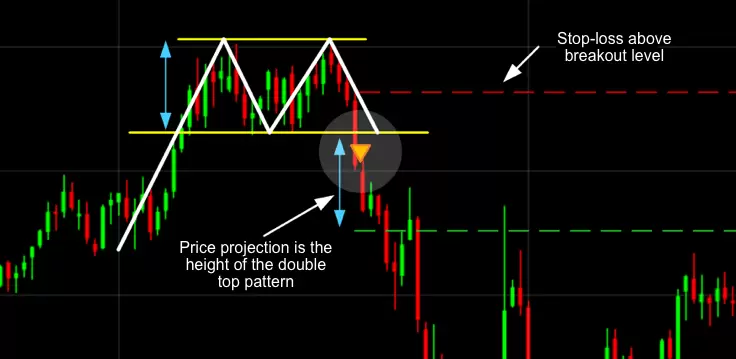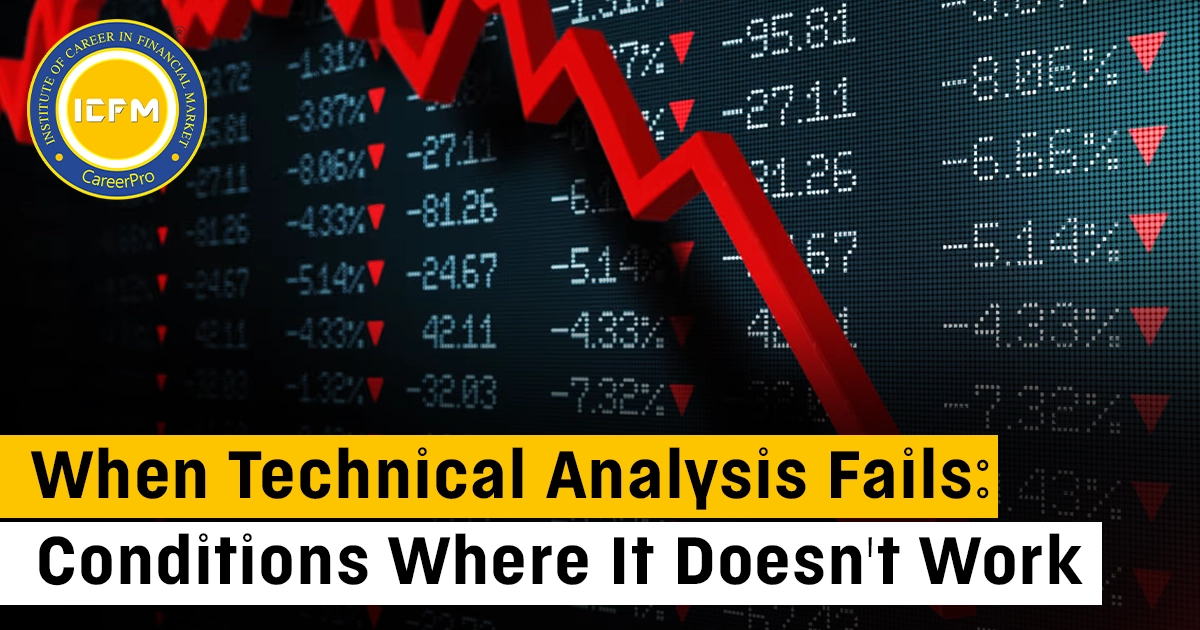Understanding Fibonacci Analysis in Financial Markets
Fibonacci Analysis is a widely used technical analysis tool that traders and investors use to find potential price levels for reversals, retracements, and extensions in financial markets. It is based on the Fibonacci sequence, a mathematical series where each number is the sum of the two preceding ones (e.g., 0, 1, 1, 2, 3, 5, 8, 13, and so on). This series is related to the golden ratio (φ), which is approximately 1.618, and has been found in nature, art, and financial markets.
What is Fibonacci Analysis?
Fibonacci Analysis applies the Fibonacci ratios obtained from the series to interpret price action in the markets. The most widely applied Fibonacci ratios are:
- Retracement Levels: 23.6%, 38.2%, 50%, 61.8%, and 78.6%.
- Extension Levels: 61.8%, 100%, 161.8%, 200%, and 261.8%.
These levels help the traders mark significant areas of support, resistance, and potential targets of the price.
The Concept Behind Fibonacci Retracement
Fibonacci retracement levels are the horizontal lines indicating probable support or resistance. The traders use them to find probable points of reversal within a given trend. It is based on the fact that once a large price movement occurs, prices usually retreat a known part of the move before continuing in the original direction.
How to Use Fibonacci Retracement in Trading:
Identify a Significant Price Movement:
- Find a recent market high and low (swing high and swing low).
- Plot the Fibonacci Retracement Tool:
- Using a charting platform, plot the retracement levels from the swing low to the swing high in an uptrend or vice versa in a downtrend.
Analyze Key Levels:
Watch where the price interacts with retracement levels like 38.2%, 50%, and 61.8% to see where it may reverse.
Use with Other Tools:
Use additional indicators, such as moving averages or candlestick patterns, to confirm signals.
Fibonacci Extensions
Whereas retracements identify pullback levels, Fibonacci extensions help project future price targets beyond the swing high or low. Traders use these levels to estimate where the price might go once it breaks out of the retracement range.
Common Applications of Fibonacci Analysis
Identifying Support and Resistance Levels:
- Fibonacci retracement levels often fall on natural support and resistance zones, giving the trader actionable information.
Entry and Exit Points
Traders use Fibonacci levels to place stop-loss orders, set profit targets, and time their trades effectively.
Market Trend Analysis
In trending markets, Fibonacci analysis helps determine pullback depths and continuation points.
Practical Example
Assume a stock rises from $100 to $150. A Fibonacci retracement analysis would calculate levels as follows:
23.6% retracement: $150 - [(150 - 100) × 0.236] = $138.20
38.2% retracement: $150 - [(150 - 100) × 0.382] = $130.90
61.8% retracement: $150 - [(150 - 100) × 0.618] = $119.10
These levels indicate that the price may find support or resistance at $138.20, $130.90, and $119.10.
Advantages of Fibonacci Analysis
Widely Recognized:
The tool is used by many traders, which increases its effectiveness due to collective market behavior.
Simple and Intuitive:
Easy to apply and interpret with most trading platforms offering built-in tools.
Works Across Markets:
Fibonacci analysis works well in the stock, forex, commodities, and cryptocurrency markets.
Limitations of Fibonacci Analysis:
Not Always Precise:
Price does not always respect the Fibonacci levels to the dot. This often generates false signals.
Subjectivity:
Swing highs and lows may be subjective to determine. Thus, the precision is affected.
Requires Confirmation:
Best used with other tools to confirm trading decisions.
Tips for Effective Fibonacci Analysis
- Use Fibonacci levels combined with trendlines, moving averages, and candlestick patterns to confirm.
- Use higher time frames for stronger and more reliable signals.
- Practice on historical data to understand how Fibonacci levels interact with price movements.
Conclusion
Fibonacci Analysis is a strong tool that may be used to improve trading strategies when applied properly. It is able to show potential support, resistance, and price targets in order to enable traders to make the right decisions. However, it works best if used in a holistic approach toward market analysis as with any other technical tool.









